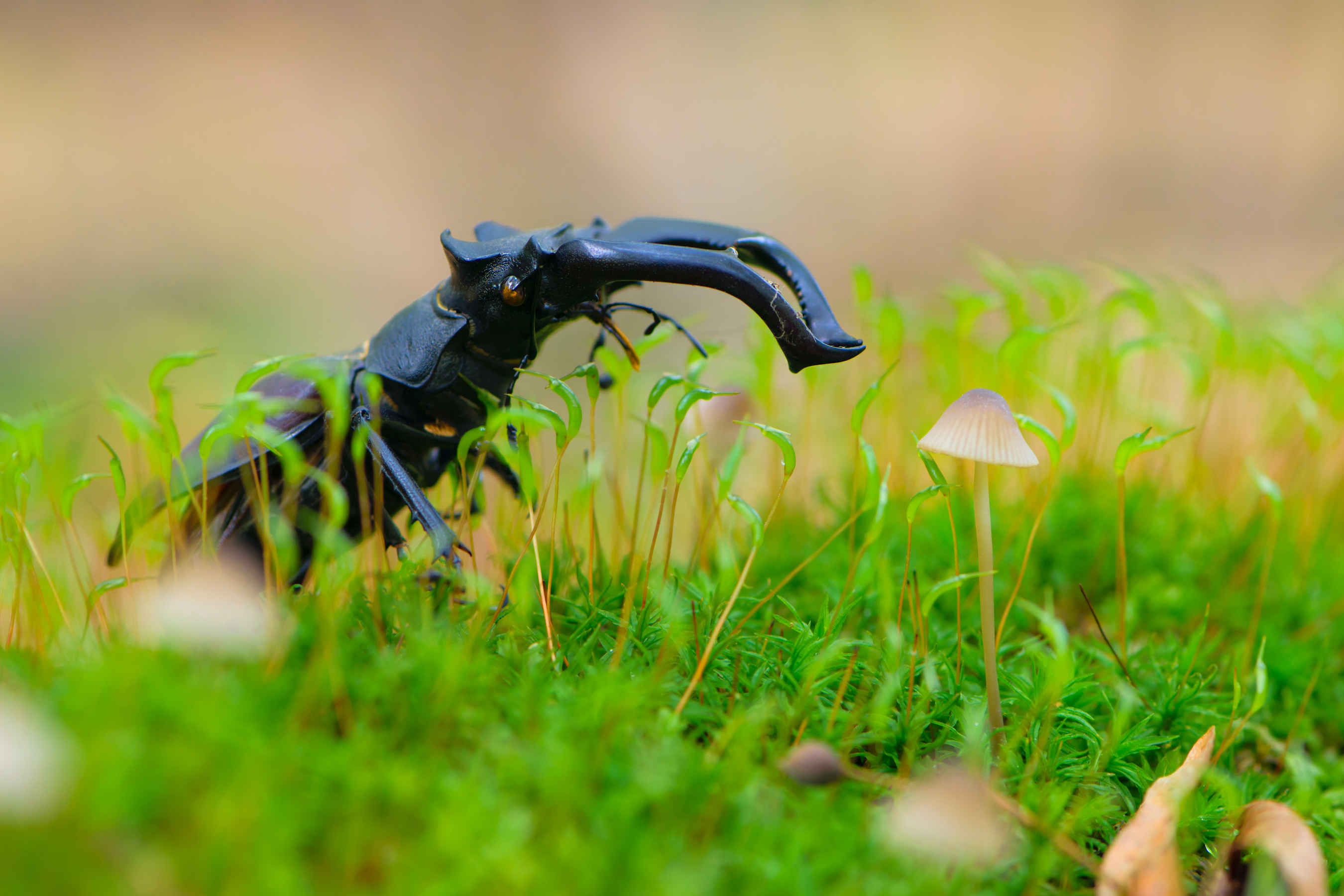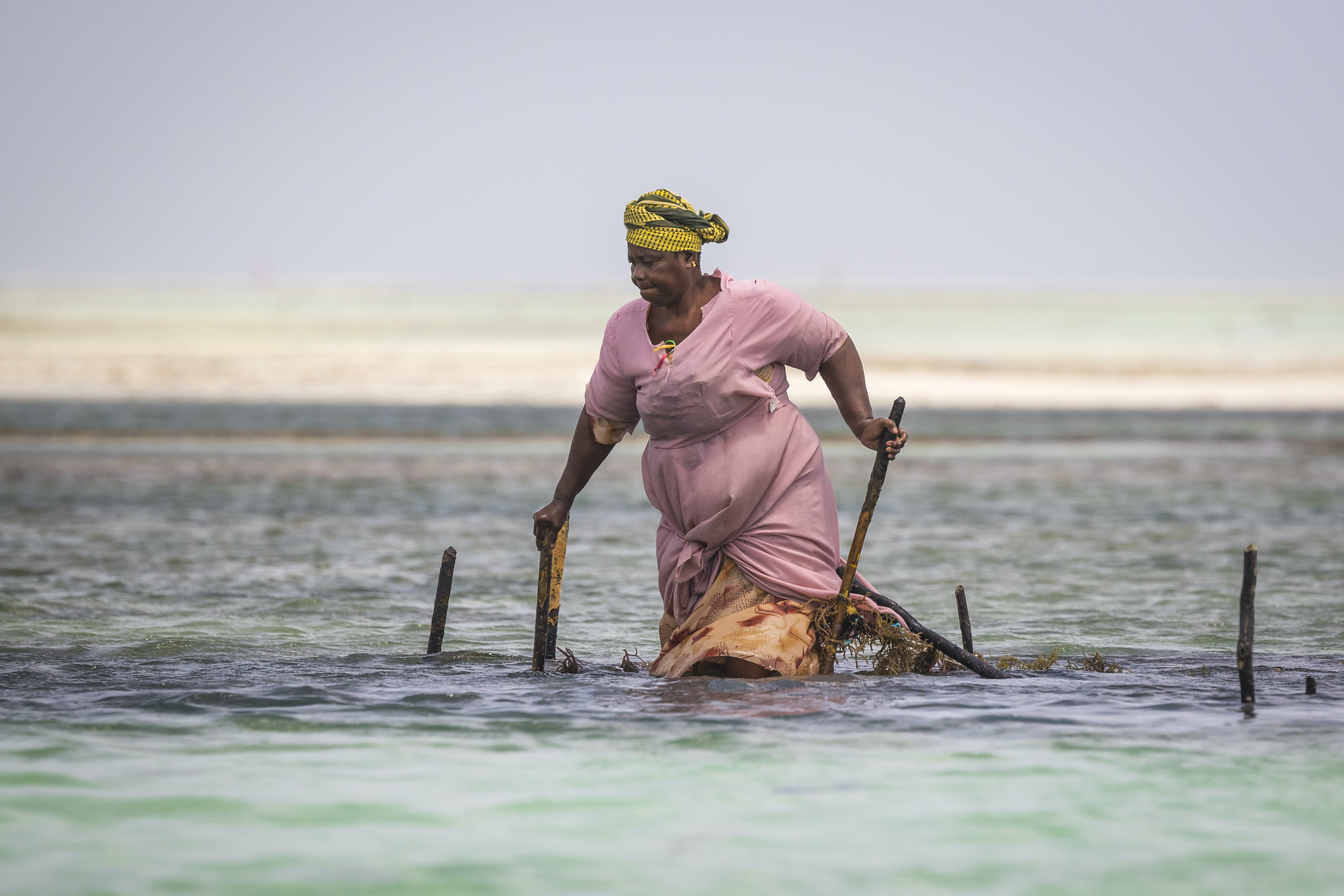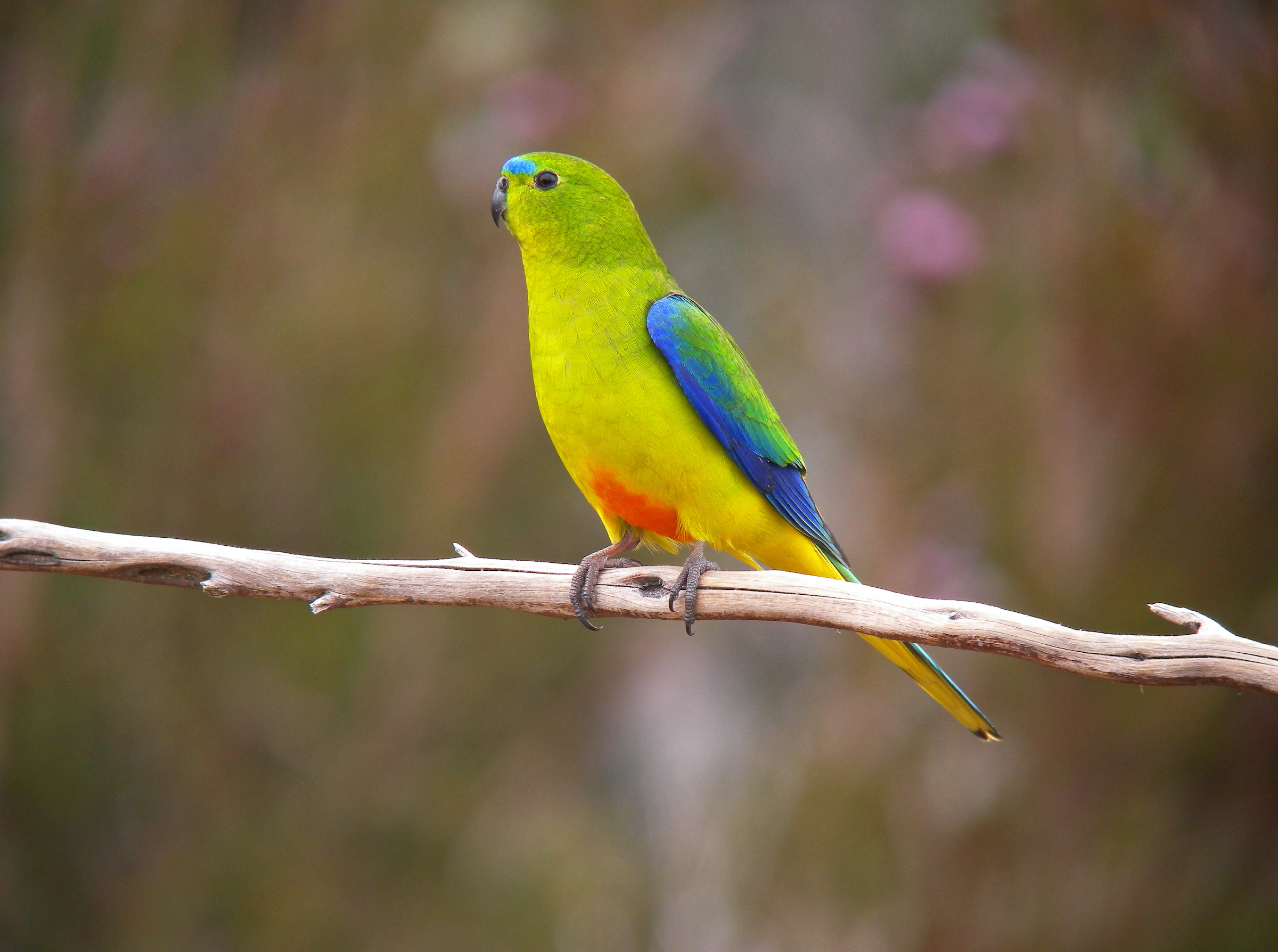Biodiversity is at risk. It’s a fact that we have lost a significant number of species over the last 300 years: mammals, birds, vertebrates. Species that we pay close attention to are typically ones that we are aware we’ve lost; but, of course, those species – animals with backbones, even vascular plants – are not most things. Most things are arthropods, insects of various kinds, fungi; things that we pay relatively little attention to but are just as important in terms of functioning of ecosystems and the processes that they are engaged in that help support human life on Earth.
People have said that we are in the midst of a mass extinction event. I would suggest, rather, that we are at the beginning of a mass extinction event. We’ve lost the first 1% or 2%. A mass extinction event means that you lose 10% to 90% of things. There have been six such mass extinctions in the past. The last one was about 65 million years ago, when we lost our dinosaurs, amongst others. We know what caused that. We also know what’s causing the current one. We have been losing species at an accelerating rate for the last few hundred years. That’s a very short time period in terms of evolution and the ecology of the Earth. It’s an eyeblink. Extinction events can take place over hundreds or thousands of years. If we continue to lose species at the rate at which we’re currently doing, then indeed we are in the midst of the leading edge of a mass extinction event. There’s no question that that’s the case.


